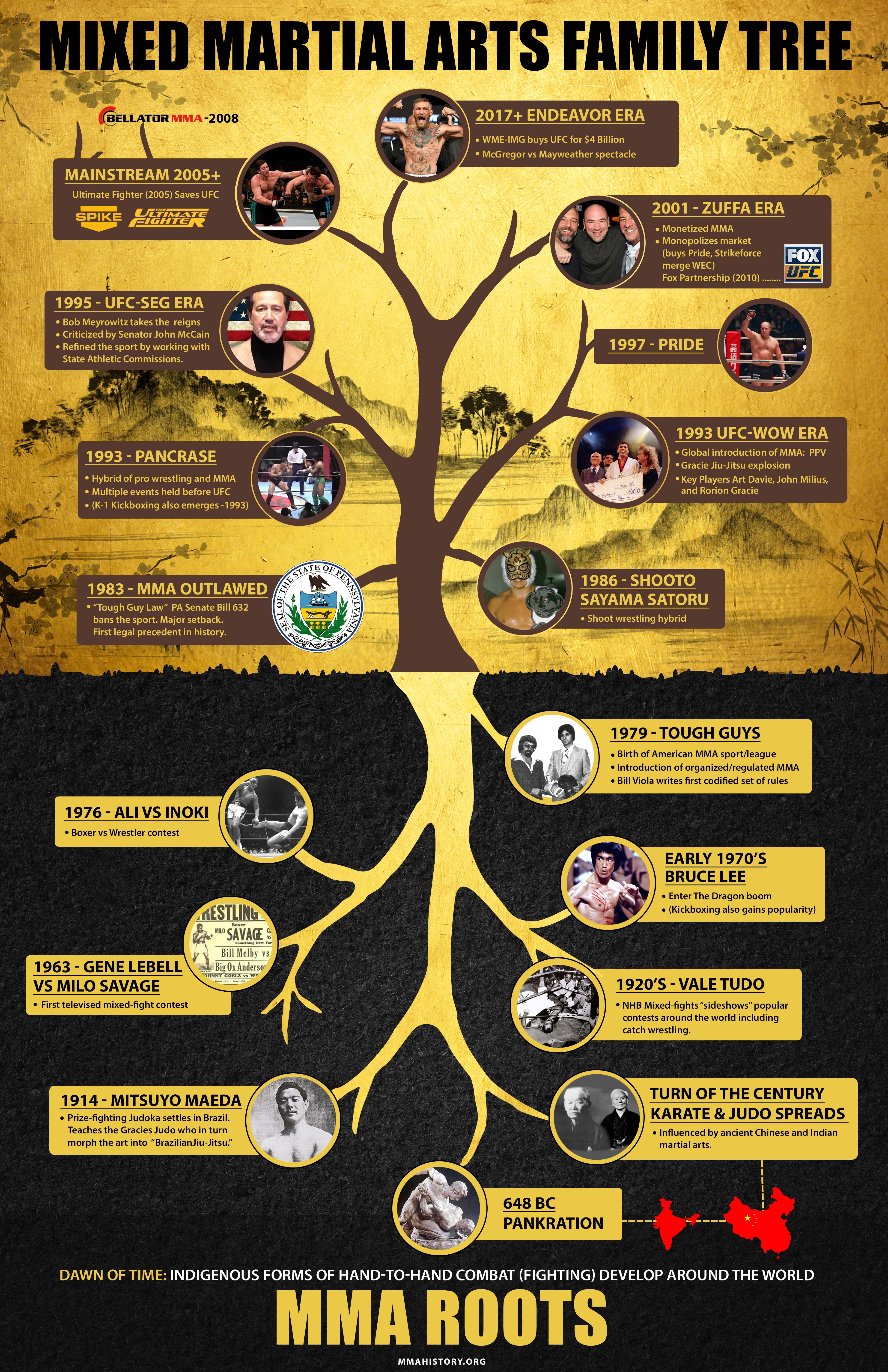Revealing The Selection Of Martial Arts Disciplines: An Overview From Karate To Taekwondo
Revealing The Selection Of Martial Arts Disciplines: An Overview From Karate To Taekwondo
Blog Article
Content By-Haugaard Russo
Are you tired of sensation overwhelmed by the substantial globe of fighting styles? With so many designs to pick from, it can be simple to get shed in a sea of punches, kicks, and strange names. But fear not!
This discussion will certainly debunk the various fighting styles styles, taking you on a trip from the effective strikes of Karate to the dynamic kicks of Taekwondo. Get ready to reveal the beginnings, strategies, and viewpoints behind these old art forms.
So, tighten your belt and prepare to start an informing exploration into the exciting world of martial arts.
Beginnings of Martial Arts Styles
The origins of martial arts designs can be mapped back to old worlds and their need for self-defense and combat strategies. Throughout background, different societies established their own special techniques of battling, each with its very own collection of techniques and ideologies.
In China, for instance, martial arts designs such as Martial art and Tai Chi were developed as a way of self-defense and boosting physical and psychological health.
In Japan, the samurai warriors developed styles like Martial arts and Judo, concentrating on discipline, accuracy, and mastery of the body.
Similarly, in Korea, Taekwondo emerged as a fighting style highlighting high kicks, fast motions, and mental stamina.
These early civilizations laid the structure for the diverse array of fighting styles designs that exist today, each with its very own abundant history and social importance.
Methods and Training Approaches
To master martial arts styles, practitioners must discover numerous techniques and training approaches.
Strategies are the certain movements and actions utilized in fight, such as punches, kicks, tosses, and obstructs. Different martial arts designs have their very own one-of-a-kind collection of methods that professionals have to understand with extensive training.
Educating approaches differ depending upon the design, but they generally involve a mix of physical conditioning, drills, competing, and types.
Physical conditioning is important to develop stamina, versatility, and endurance. Drills aid specialists refine their techniques and enhance their rate and accuracy.
just click the up coming document permits specialists to practice their strategies in a managed, sensible environment. https://finnjzobo.jaiblogs.com/62002619/browsing-the-choice-of-female-s-self-defense-courses-an-extensive-overview , also called kata, are ironclad series of movements that assist experts create muscle memory and focus.
Philosophies and Principles
Checking out the philosophies and concepts of martial arts designs can give you with a much deeper understanding of your selected self-control. Each fighting style has its own unique viewpoint and collection of directing principles that form the method it's practiced.
For instance, Martial arts emphasizes technique, regard, and self-discipline. It teaches experts to concentrate their minds and bodies, enabling them to defend themselves while maintaining a feeling of inner tranquility.
On the other hand, Taekwondo puts a solid emphasis on speed, agility, and flexibility. Its concepts are rooted in the tenets of politeness, honesty, willpower, self-discipline, and indomitable spirit.
Verdict
Now that you've discovered the origins, methods, and ideologies of different martial arts styles, you have a deeper understanding of these ancient techniques.
Visualize a young karate student, practicing with undeviating decision and focus, appearing boards with a powerful punch.
Their journey showcases the dedication and strength needed to master a martial art, advising us that with self-control and willpower, anything is feasible.
